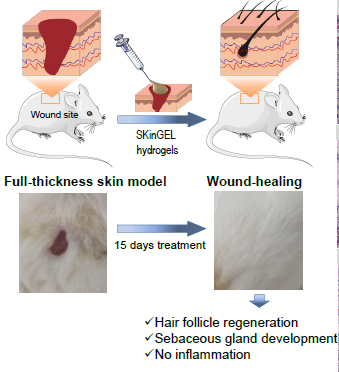Showing 1 to 15 of 2076 results


Person-specific Assessment of Probiotics Responsiveness
Patents for licensing Yeda

A new reactor that counteracts catalyst deactivation by coke
Knowhow and Research output Universidad de Zaragoza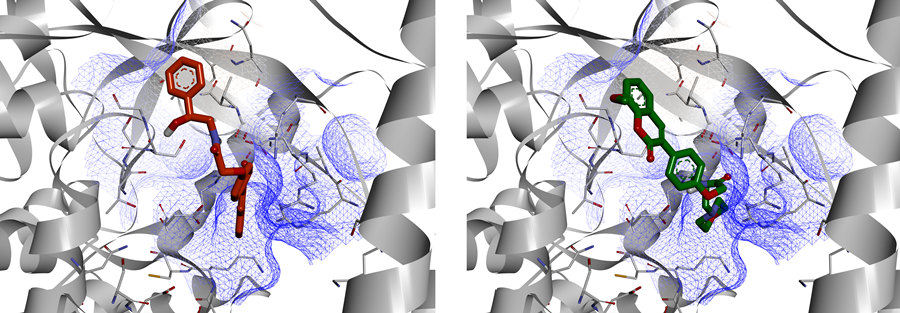

SARS-CoV-2 RNA-dependent RNA Polymerase Targeted Library
Research Services and Capabilities Otava Research Institute

TARGOMO - Leverage Location Data to Optimize Decisions
Innovative Products and Technologies EIT Digital

Epigenetic biomarkers for diagnosis and prevention of obesity progression
Patents for licensing IBIMA-Plataforma Bionand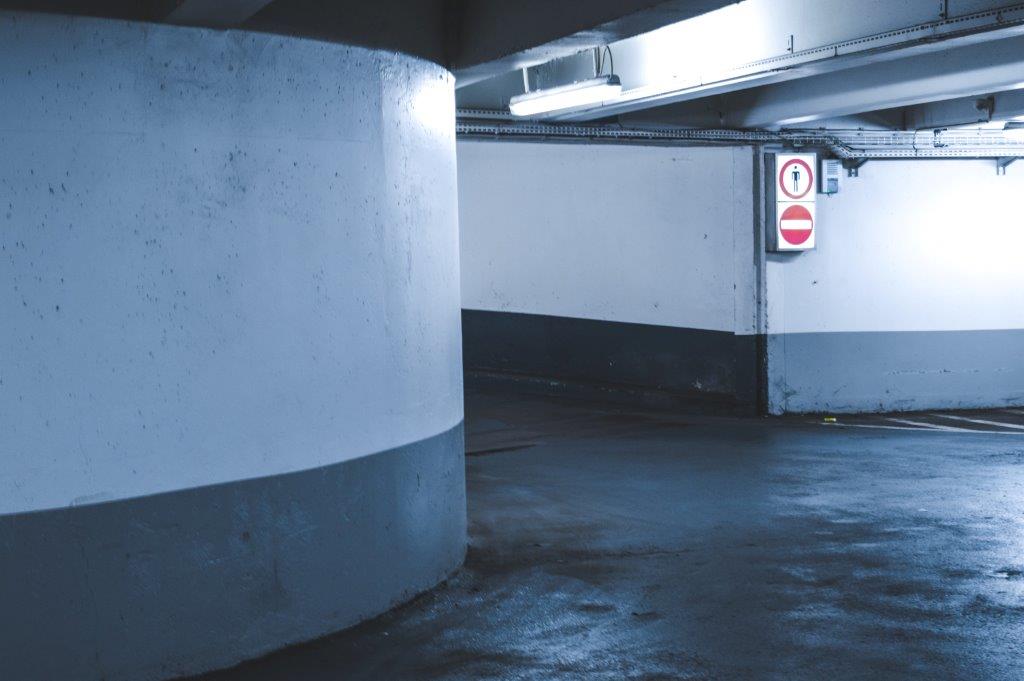

Artificial vision system for the semaphoric control of the access to parking and garages, through the monitoring of pedestrians.
Patents for licensing Universidad de Alcalá-OTRI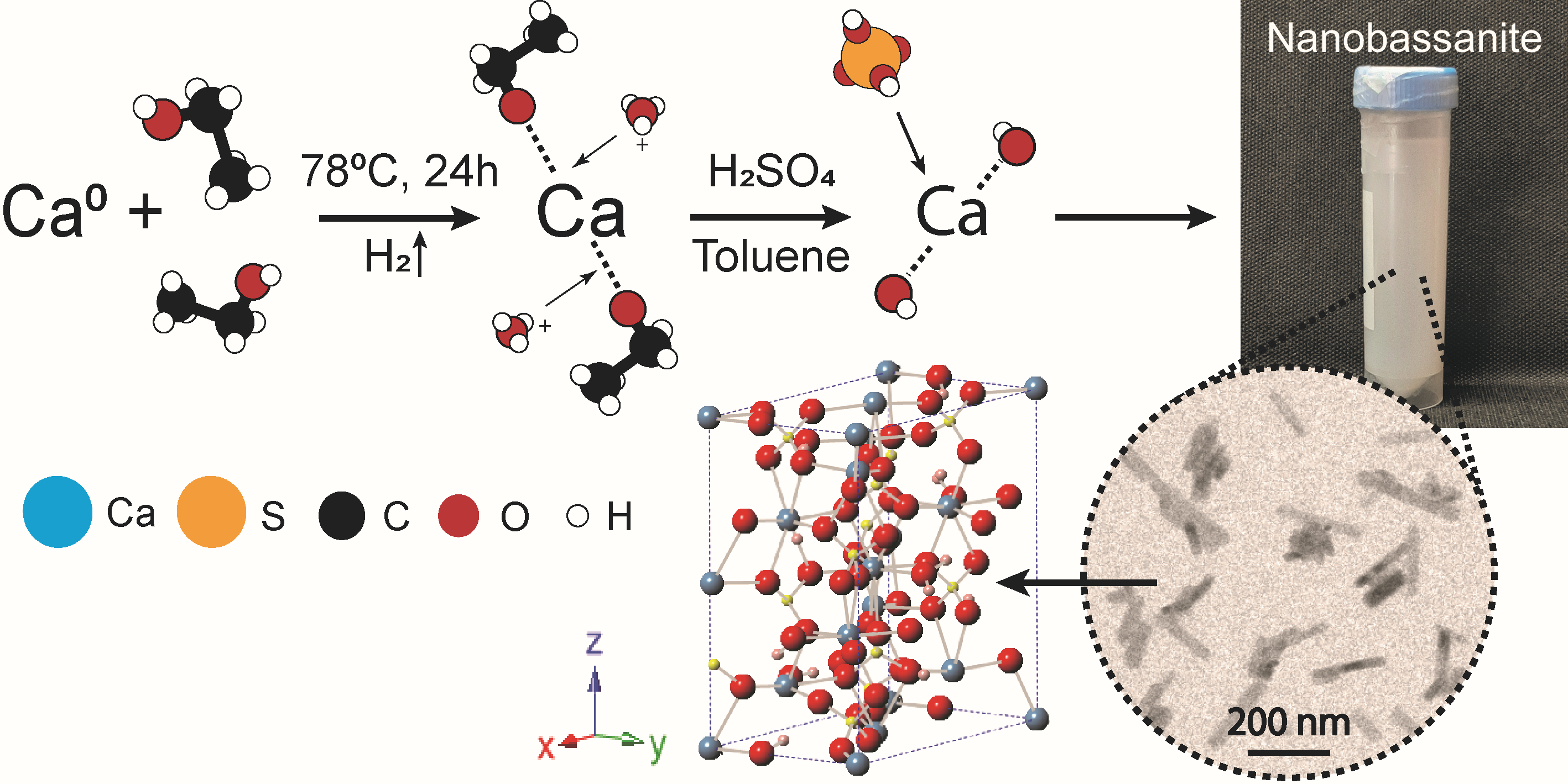

Novel bassanite nanoparticles production method
Patents for licensing Universidad de Granada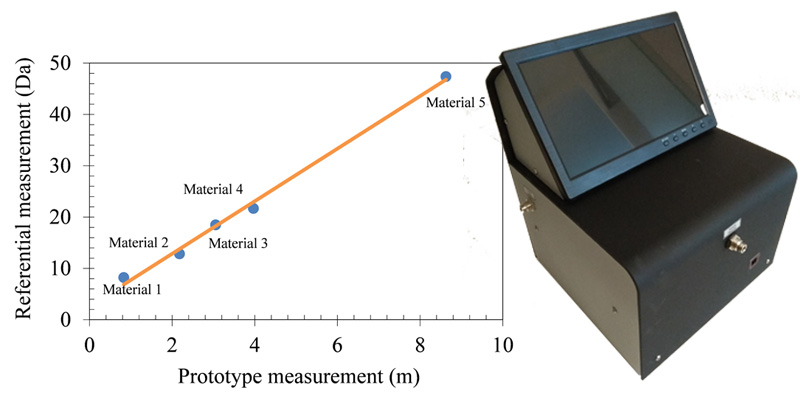

Device for non-destructive and rapid permeability measurement
Patents for licensing University of Ljubljana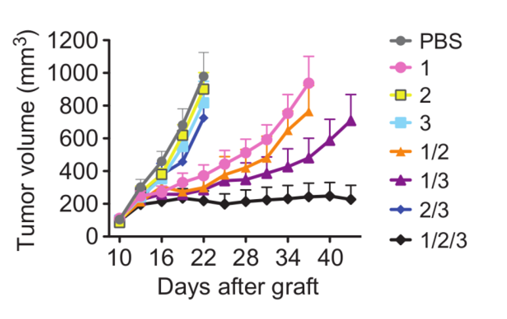

Treating Drug-Resistant Lung Cancer Using a Combination of Antibodies
Patents for licensing Yeda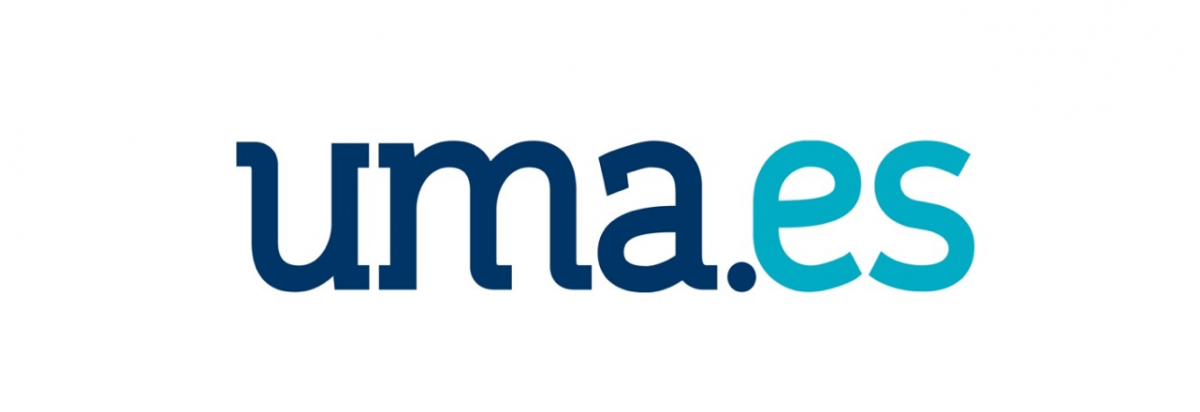

New agricultural fungicides, nematicides and arthropocides
Patents for licensing Universidad de Málaga

A high-throughput method for detecting allergens and viral infections
Patents for licensing Yeda

A New E-Field Writable Magnetic Random Access Memory Based on Multiferroics
Innovative Products and Technologies Northeastern University's Center for Research Innovation

Control of Clostridium perfringens biofilm in commercial poultry meat
Knowhow and Research output National Biofilms Innovation Centre![Reusable device that allows the circulation of a constant volume of electrolyte in tests on rotating bending fatigue test machines[…]](https://static4.innoget.com/uploads//81b44d0e876cbdec4c08cf68ad5f6ef5d2e4e1af.jpg)

Reusable device that allows the circulation of a constant volume of electrolyte in tests on rotating bending fatigue test machines[…]
Patents for licensing UNIVERSIDAD DE BURGOS